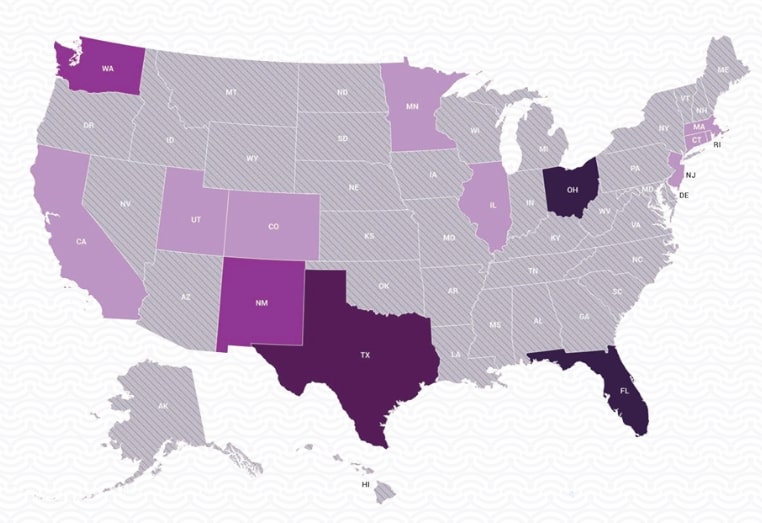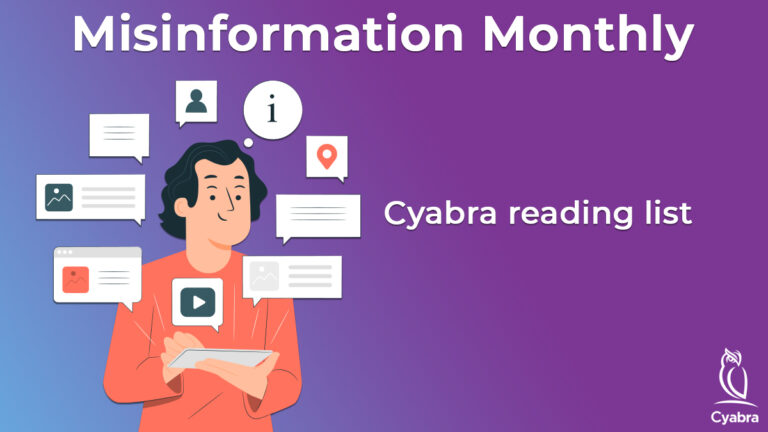The protests, the distractions, the zero-Covid policy, the vaccinations, and the great Corona comeback: a month of tracking China-related topics on social networks.
China has been running a zero-Covid policy ever since the pandemic struck. While governments and health organizations around the world struggled to educate people about the need to wear masks, go into lockdowns, test regularly, and quarantine when sick, the citizens of China obediently followed the strict regulations. Two years have passed, and while most of the world has returned to its pre-Covid ways, until recently China remained the country with the most severe Covid regulations. Strict lockdowns were imposed by local authorities even when only a handful of Covid cases were discovered, and during lockdowns, businesses, schools and shops were closed. Lockdowns continued until no new cases were reported, with mandatory testing. Those who tested positive could be placed in government facilities for the quarantine period.
Under the Weather, Over the Walls
The Chinese government turned down numerous offers of vaccination deliveries in favor of creating its own Covid vaccines, and while China claims that over 90% of its population has been fully vaccinated, the locally-made vaccine appears to be less effective than those used in the majority of the rest of the globe.
A large and populated nation like China is understandably concerned about another Covid outbreak given those facts. But in the month of November, after 10 people perished when the building they were inside under lockdown burned to the ground, it seemed that the Chinese people finally had enough. They uncharacteristically took to the streets in protest, demanding a change in Covid regulations. It quickly became evident that the protests were about more than just the pandemic, as they expanded across the country, including the major cities of Shanghai and Beijing. Protesters called for the removal of Xi-Jinping, the longtime ruler of China, and waved blank white papers to symbolize the lack of freedom of speech in China. Arrests and stern police responses failed to stop the storm from intensifying.
In Bed with Beijing
What happened later could only be described as a sophisticated disinformation campaign: since protesters used social media to find each other and coordinate their efforts, as well as track the news, it was there where bots were striking. Cyabra’s analysis uncovered 643 inauthentic Twitter profiles that were responsible for 887 nearly-identical tweets. The posts simply said “I want to find a husband tonight”, with different images of porn and “escort services”. Most importantly, they all mentioned Chinese cities using hashtags – the same hashtags being used by Chinese citizens vocalizing their unhappiness with their government. Cyabra scanned four hashtags of cities in China in conversations: Beijing, Baoshan, Hong Kong, and Shanghai (#保山, #香港, #北京市, #上海市) to uncover the authenticity of the profiles involved, and detected the huge number of 24% inauthentic profiles in the discourse.
While it might seem like a couple of hundred profiles can’t cause that much of a disturbance to the rising protests, those tweets reached 272,000 profiles on Twitter in the last month. Cyabra also found that all the bots in the conversations were located in China, mostly in the eastern part of the country. The inauthentic profiles were active on Twitter in the same hours and days, showing behavior and activity pattern typical to a coordinated disinformation campaign. Of course, like in most cases of fake profiles, those bots tweeted and engaged much more than authentic profiles.
Porn, Noise and Shame
This was not the first time China was the star of a disinformation campaign. It’s not even the first time this year. While the main strategy behind the porn-tweeting bots here was clearly “drowning the noise”, making it impossible to find any legitimate information about the protests online, as well as creating a false narrative in which the protests seemed less substantial than they actually were, the method used showed a greater level of sophistication and cleverness. To demonstrate, think about what happens when you’re scrolling through social, or searching for something online, and the first results are X-rated pictures. You might feel embarrassed, or even repulsed. You might look around to make sure none of your friends, family, or co-workers saw what’s on your screen. You might close the tab quickly and avoid searching the topic again.
Bots have no mind of their own. But if the person who operates them understands human nature and behavioral patterns, they can use even a small number of bots to create a huge impact on social media. That is exactly what happened in this case, and we might be witnessing the rise of a new kind of disinformation campaign, one so clever it uses embarrassment as a way of diverging the conversation.


